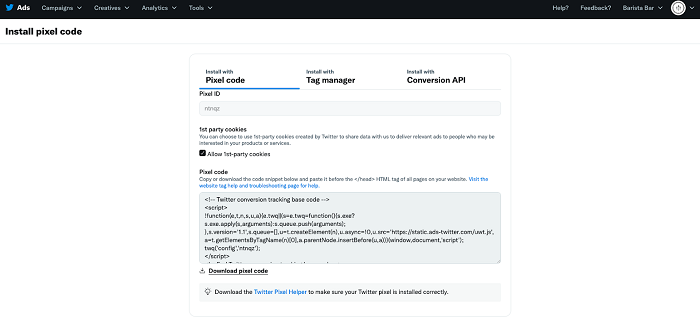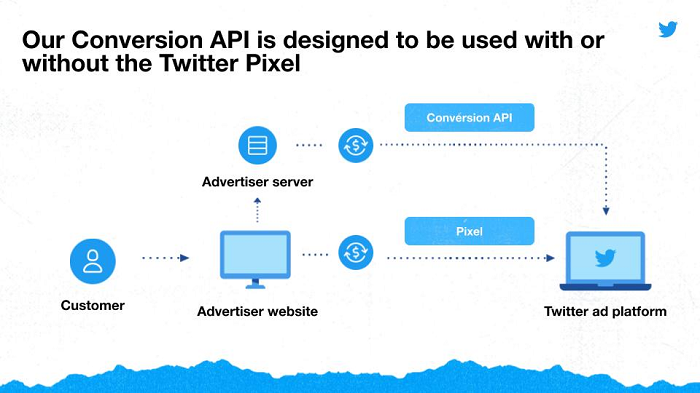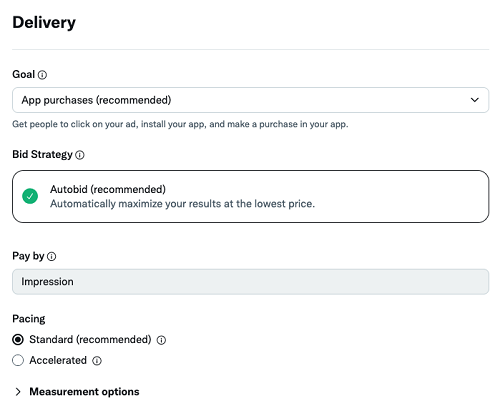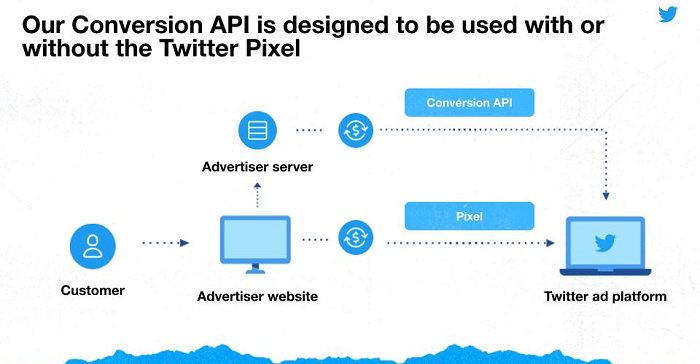With the holiday shopping season fast approaching, all of the major platforms are working to update their ad tools, in order to maximize ad spend, and boost campaign performance.
That’s become more important than ever due to the broader economic downturn, which has impacted the results at all the social apps, as marketing budgets shrink, and businesses reassess their promotional activity. As such, the holiday push will also provide a chance for each platform to showcase its capacity to drive better outcomes. And with even less data to work with, due to Apple’s ATT update, that poses a range of challenges in itself.
Which is the key focus of Twitter’s latest ad updates.
Today, Twitter has announced a new and improved Twitter Pixel for website visitor tracking, an updated Conversion API, and a new App Purchase Optimization process to help improve your Twitter ads campaigns.
First off, on its updated Pixel – the new version of Twitter’s pixel will enable advertisers to track more actions, like when someone adds an item to their shopping cart, while Twitter has also simplified the pixel integration and activation process.
“We simplified our event creation process, which helps advertisers more seamlessly set up their measurement solutions, and introduced updates to our Pixel Helper Chrome extension. This will help advertisers better understand the impact of their web campaigns and provide clearer support when checking to see if the Pixel is implemented properly.”

Pixel tracking can provide direct data insights to help inform your campaigns, filling some of the gaps left by users switching off in-app data tracking. It won’t facilitate the same data at scale, but more insight is always better, and these new pixel elements could make it easier to utilize Twitter’s pixel elements.
Twitter’s new Conversion API, meanwhile, will enable advertisers to feed conversion data back to their Twitter account, without the use of third-party cookies.
“CAPI can also help improve optimization and ad targeting without the need for a Twitter Pixel, which is the first time an advertiser can finally connect data to see conversions without placing a tag on their site.”

The new API is the first major step in Twitter’s broader effort to build for the cookie-less future, with more privacy-friendly tracking solutions to maintain, and potentially even improve performance.
The final new element is App Purchase Optimization, which will enable advertisers to deliver ads to the Twitter users that are most likely to install an app or make a purchase ‘by using machine learning to identify audiences that are more likely to take an action.

As you can see in this example, the process will utilize Twitter’s evolving machine learning tools to select the right audience for your campaigns, which could help to maximize performance.
Twitter says that in early testing, 89% of advertisers saw a reduction in cost-per-purchase.
In addition to these new updates, Twitter has also shared some more detail on its in-development ad options, which don’t have a release date as yet. But again, with the holiday shopping push fast approaching, you can bet that Twitter will be pushing to get them out soon.
First on Twitter’s ‘Coming Soon’ list is Collection Ads, which will enable advertisers to highlight a ‘hero’ image, along with smaller thumbnail previews of related products beneath. Twitter first previewed the option back in March.

As you can see in this example, brands will be able to include up to five side-scrolling images beneath the main image, with each driving consumers to a different website or product landing page, if you so choose.
Twitter says that it’s also rebuilding its Web Conversion Optimization model in order to help advertisers reach people who are more likely to convert. Meta is also focusing on similar within its broader effort to mitigate the impacts of Apple’s iOS data tracking update, with the process essentially putting increased reliance on machine learning models to optimize performance.
Finally, Twitter’s also developing a new type of Dynamic Product ads that will ‘deliver relevant products to the right person, at the right time, based on their activity both on and off Twitter’. Twitter’s current Dynamic Product Ads are based on website tracking, with Twitter able to show ads to users based on the webpages that they’ve visited. But the new format will again take a more privacy-focused approach, in order to optimize ad performance with potentially fewer signals.
These are some significant additions to the Twitter advertiser arsenal, which also signal Twitter’s biggest steps yet in moving more into line with evolving privacy tools and restrictions.
Which is a necessary development – but in terms of actual value, and how effective they might be, it’ll really come down to how good Twitter’s machine learning tools actually are, and whether the right users end up seeing your ads as a result.
If the systems work as intended, these updates could be a big boost for Twitter marketers – but if not, it could be a frustrating holiday season for those utilizing promoted tweets.



